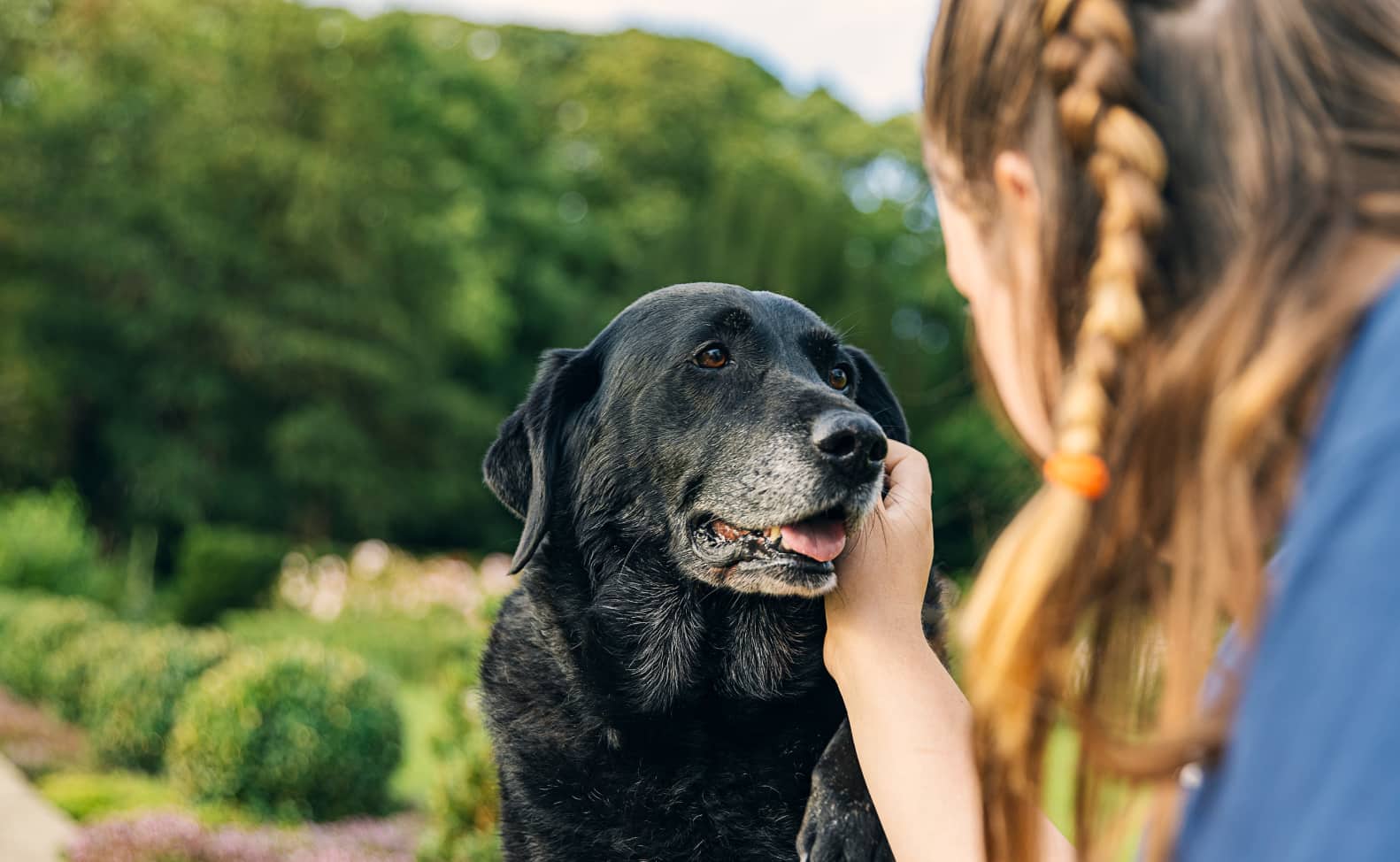Dogs: Hip Dysplasia, cause, and treatment
Every dog owner wants to keep their dog happy, healthy, and active, and it's their responsibility to look after them. Hip dysplasia in dogs is a serious condition that affects dog breeds of all kinds. Hip dysplasia is a painful condition to watch for dog owners as it is for a dog itself and reduces the quality of life of dogs to a great extent. Here's what you need to know to keep your dog happy, active, and healthy!
What is Canine hip dysplasia?
Hip dysplasia in dogs refers to a skeletal condition in which the socket and ball of the hip joints do not function properly. This condition is more common in the large breed of dogs, but it is also prevalent in the smaller breed of dogs as well.
What causes hip dysplasia in dogs?
Several factors can contribute to hip dysplasia in dogs. These include:
Hip dysplasia is more common in large breeds of dogs, such as German shepherd dogs, Saint Bernards, Great Danes, etc, so it can be linked to genetics.
- Obesity
- Improper nutrition and weight
- Types of exercise or too little or too excessive exercise
Symptoms of hip dysplasia in dogs
The symptoms of hip dysplasia begin to show up in young dogs either at an early age or as they get old. The symptoms of each dog may vary as it depends primarily on the level of inflammation, severity, duration, and degree of looseness of the joint. Some common symptoms include:
- Decreased range of motion
- Narrow stance
- Decreased activity
- Difficulty in movement, jumping, running, etc
- Stiffness
- Pain
- Looseness in the joint
- Grating in joint during movement
- Enlargement of shoulder muscle
Treatment of hips dysplasia in dogs:
There are only a few treatments for hip dysplasia in dogs, and the treatment options depend on the severity of the disease. If the condition is not severe, then changing your dog's lifestyle can help overcome this disease, but if the disease is severe, it is necessary to have surgery. Some tips can help your dog in the treatment of hip dysplasia, such as reducing weight, exercising, and using joint supplements.
How to prevent hips dysplasia in dogs:
Most types of hip dysplasia can be prevented by having some treatments, but not all types of hip dysplasia in dogs are preventable. There are some useful tips to keep you safe from hip dysplasia. There some special joints supplements for dogs that can keep their skeletal system strong and healthy. The joints supplements can keep their bones and joints healthy and reduce the risk of hips dysplasia in dogs.
Supplements for dogs:
There are many different types of dog supplements we offer; some of the best supplements for this disease are described below:
ChondroPaw® for Dogs Over 25lbs:
ChondroPaw is the 99 percent pure supplements made from the all-natural ingredients. It contains high-grade Chondroitin sulfate and some amount of botanicals extracts helps to keep your dog bones and tissues healthy and strong. It especially made for the dogs above the 25lbs.
ChondroPaw® for Dogs Under 25lbs:
ChondorPaw is made from natural products, which is safe for the dogs. It contains the microdoses of the botanical extracts with the pharmaceutical grade Chondroitin sulfate in it. All these nutrients provide support to the bones and muscles of the dogs.

